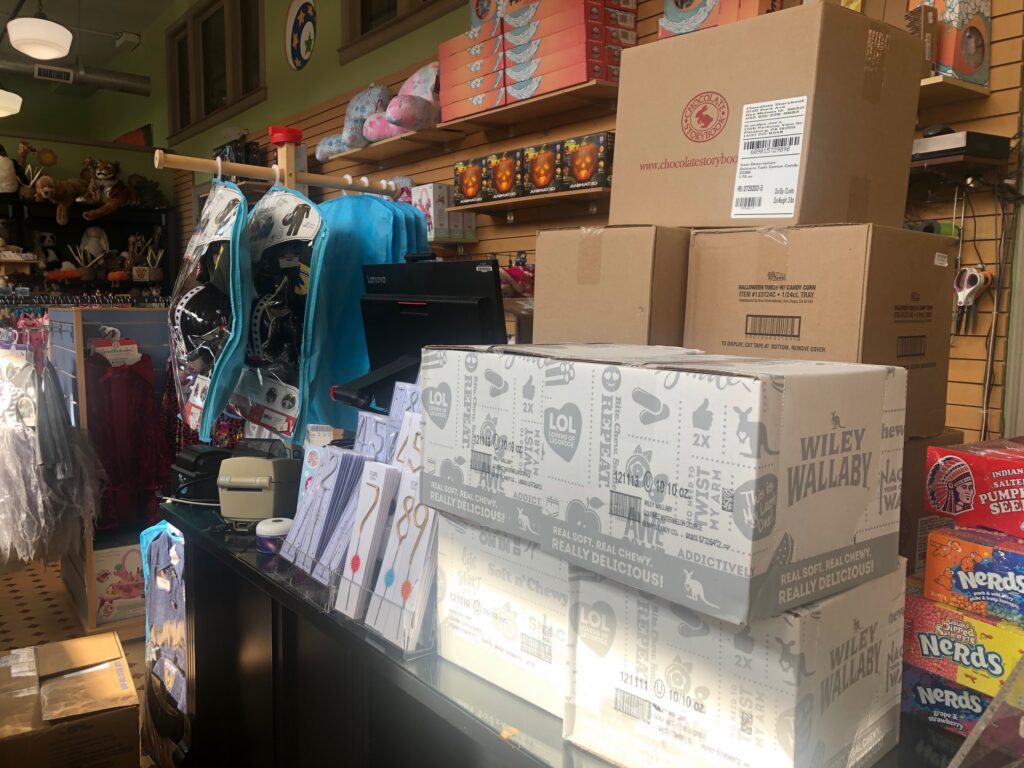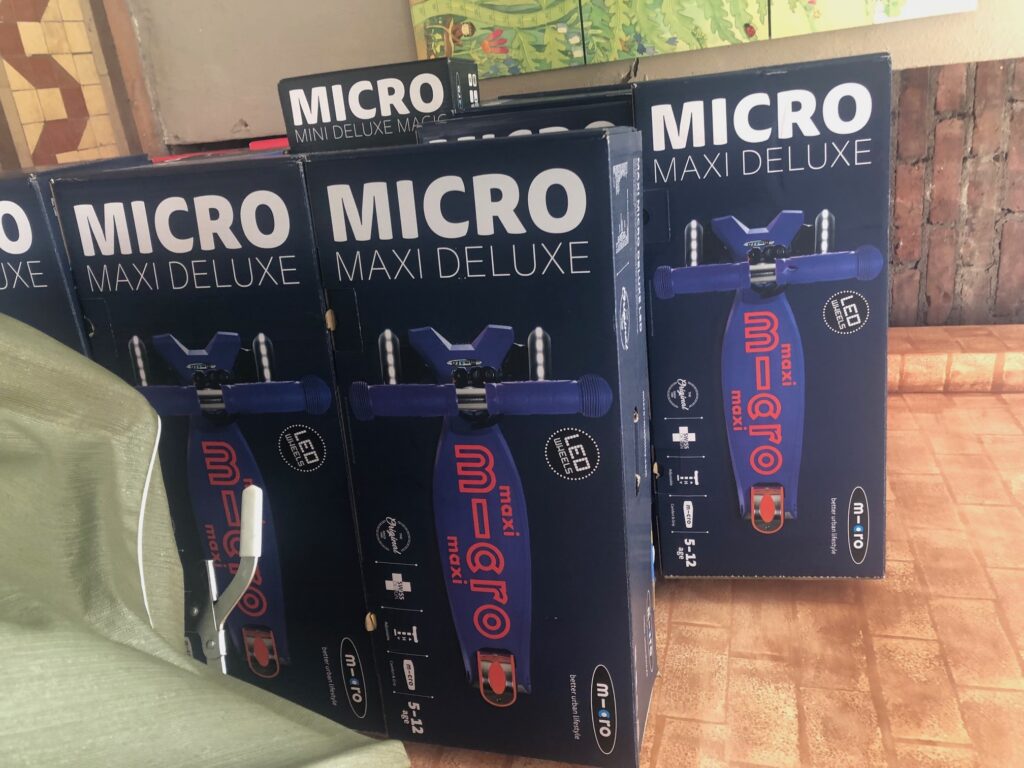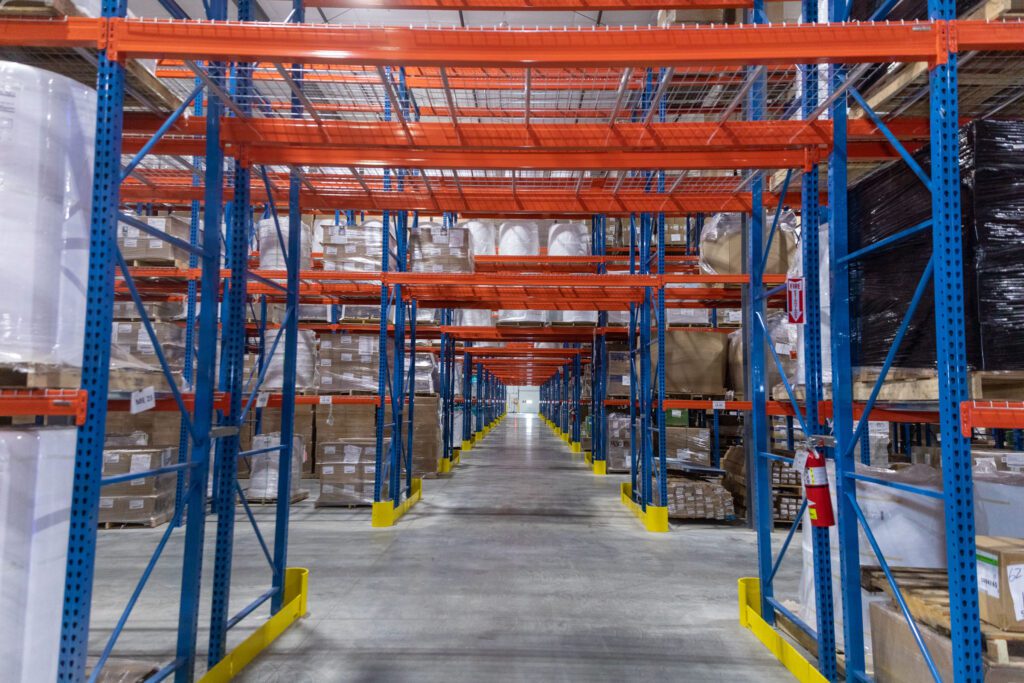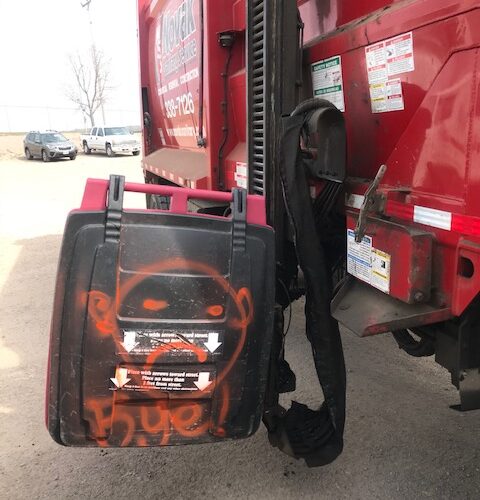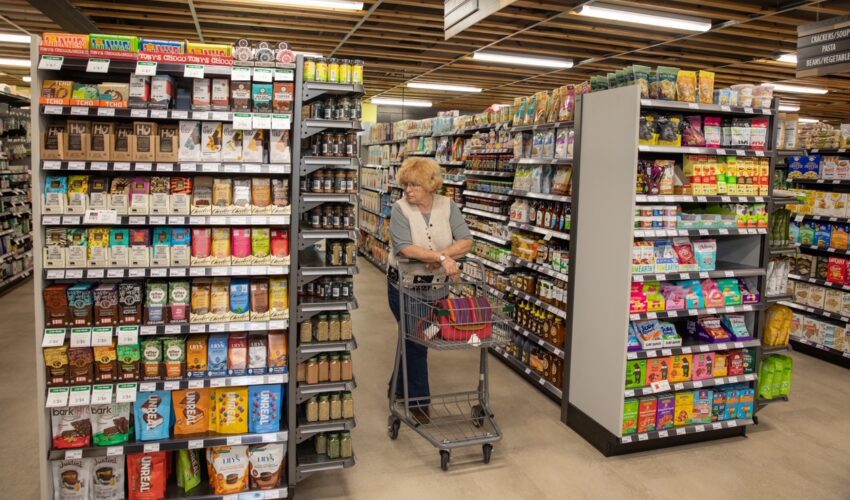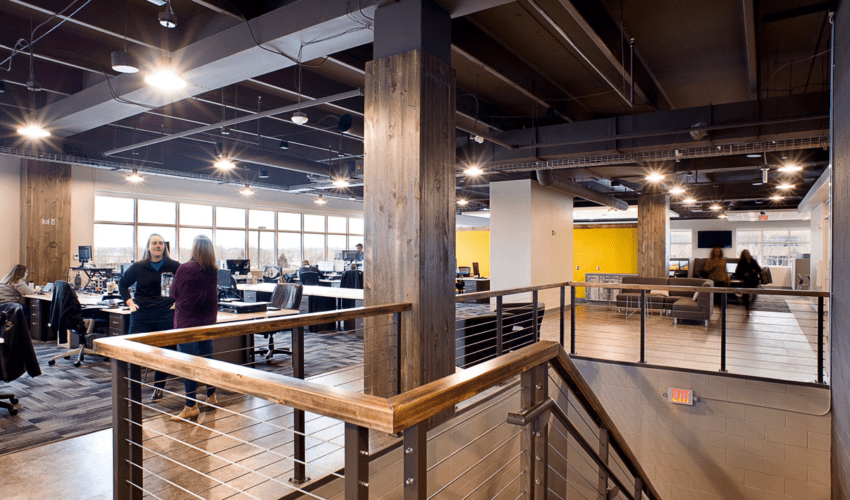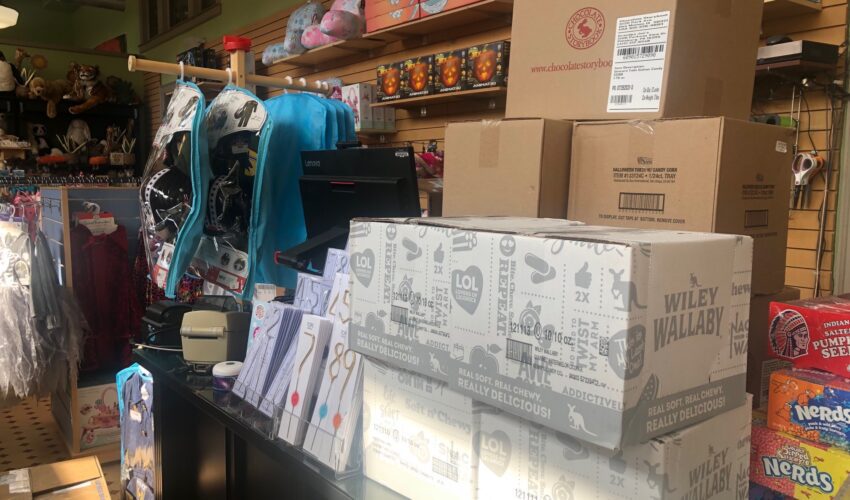Shipping container shortage leaves businesses scrambling to manage inventory
Oct. 25, 2021
The store floor at Child’s Play Toys doesn’t tell the whole story about what it has been like to keep merchandise on the shelves.
For that, you’d need a look at the storage unit owner Nancy Savage has secured for the first time.
“And it is packed full,” she said. “The trade associations I am part of said to shop early. I would guess 80 percent of our holiday inventory we brought in early so we wouldn’t run into problems down the road.”
That doesn’t mean it has been a smooth arrival, though.
Savage ordered $10,000 worth of product from one of her top brands, “and we got $3,000,” she said. “It’s trickling in. We’re supposed to have it, but it’s not guaranteed.”
A few weeks after that update, the situation changed.
“All of a sudden, we are full,” Savage said recently. “It’s like everything came at once. Some of this stuff we ordered in January or February, and it’s just nuts.”
Popular items such as scooters and ukuleles were stacked in the store.
“Every nook,” Savage said. “We’re trying to find a place.”
The situation is complex and frustrating for businesses that rely on multiple modes of transportation to move products. It starts with shipping containers, which have seen a pandemic-driven shortage this year for multiple reasons. An accident in the Suez Canal backed up traffic in the summer, and many businesses are loading up on orders in anticipation of logistical challenges, which is putting even more strain on the system.
Take a look at this recent real-time shot showing just some of the volume of maritime traffic:
In recent weeks, President Joe Biden stepped in with a plan to expand around-the-clock hours at two ports in California that are responsible for 40 percent of the nation’s shipping containers.
“The thing I keep hearing is that containers are stuck in LA and can’t get back to pick up goods and bring them back, and if they are back, they can’t get them off the boat,” Savage said, adding the ukuleles that took months to arrive at her store were sitting at port that long before they could get on a train to Chicago.
“What’s happened is with people working from their homes and people staying home because of COVID, that gave more time to go shopping online, so they placed orders on the internet,” said Rock Nelson, international marketing director of the Sioux Falls Development Foundation and Greater Sioux Falls Chamber of Commerce and director of the Small Business Development Center’s International Trade Center.
“And the product is primarily coming from China, so there’s an excess amount of containers in China being filled with the personal needs of Americans, and there’s only so many boats to haul these containers.”
Some boats will have close to 20,000 containers, he added, which need to be unloaded strategically. And – probably no surprise – COVID-19 has affected the supply of crane operators too.
For Sioux Falls businesses, being in the middle of the country doesn’t help. Once merchandise is unloaded at ports, it still needs to be trucked to Sioux Falls.
“Truckers get paid a good sum of money but not enough to encourage today’s workforce to go into the field,” Nelson said. “It’s hard work, and if you’re going to be driving a truck on the West Coast going to get containers, they’ve literally had to wait hours in line to get one container.”
For businesses trying to export, “all the containers are primarily in China or waiting on the West Coast, and containers are hard to find,” he continued. “It’s a never-ending problem.”
At Nordica Warehouses, vice president and co-owner Dave Lyng estimates it has been an issue for six to eight months, and “it’s getting worse.”
He has been in the industry 42 years, and “I’ve never seen it,” he said, adding Nordica’s clients, ranging from construction to medical supplies and food-related products, are all having trouble “getting product in a timely manner – getting product period.”
One client that imports engines from Japan has been waiting almost five months for them, he added.
“We store engines for manufacturing companies, and there’s 6,000 engines on order coming from Japan, and I imagine there are a lot of them sitting on the West Coast waiting to get unloaded. We’ve got five or six different customers here clamoring for motors that want them, but there’s nothing we can do.”
The warehouses are “pretty full” though, he said.
“People are buying inventory so they don’t run out. If they get a chance to buy something, they’re buying it.”
And others are just waiting. It has been an issue for the homebuilding industry, where builders are waiting months for materials.
“I’ve got houses couples are going to move into, and the permanent garage door isn’t even here yet,” said Craig Wynia, co-owner of Jeren Homes, at the Fall Parade of Homes late last month.
“It was ordered back in April, this set of garage doors. It’s become a scheduling nightmare, and it’s not just us as a builder. It’s a domino effect. Lead times have become a huge, huge issue. And all your electronics, appliances, anything with a microchip, it’s all made overseas, and the container ships are just floating in the seas.”
For businesses that rely on containers, the cost of them also has been skyrocketing. While Sioux Falls-based Groomer’s Choice Pet Products manufactures much of its inventory, it import cages, tubs and tables from China.
“It’s been a big challenge. All the containers we have coming in are either late by a week or two or in some cases three to four months,” owner Dan Dressen said. “Availability is really tight. Cost is extremely high. What used to cost $3,000 is now as much as $21,000. That’s how much it’s gone up. It’s just insane. The demand is far greater than the supply, so the shippers are in a position to price gouge, if you want to call it that.”
He works with freight companies and brokers to find space on ships, and typically it’s not a problem, he said. That has changed in the past year.
“Typically when a container comes in, it’s spoken for. It’s sold. So it doesn’t stay in inventory long. We have dozens of containers on order. It’s just a matter of staging them and getting them to come in at the right time, and it’s challenging.”
And some Sioux Falls businesses are deciding they can’t wait, Nelson added.
“Some are in such need of their product that they’re hurting, and they are either flying the product in, which is more expense, which means the cost of goods goes up for the buyer,” he said. “I’ve dealt with two companies where … their line production in Sioux Falls would literally stop if they don’t have the goods.”
They’ve paid a trucking company extra for a semitruck with two drivers so it can be constantly on the road, he said.
“That’s horribly expensive to have a truck from LA to Sioux Falls, but if you’re going to have your line down or you’re laying off, you’re even farther behind.”

